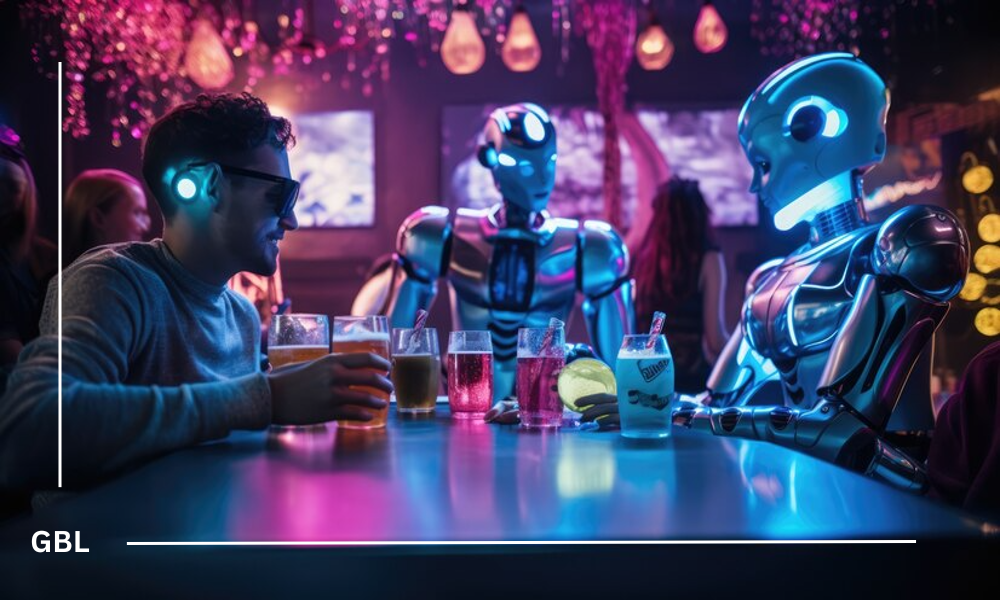In today’s rapidly advancing technological landscape, social robotics stands out for its ability to bridge the gap between humans and machines, offering companionship, assistance, and emotional support in various domains.
Social robots are making significant strides in healthcare, where they provide invaluable companionship and aid to individuals facing isolation or health challenges. These robots, equipped with sensors and AI capabilities, can remind patients to take medication, engage them in interactive activities, and even monitor vital signs. Their presence not only alleviates loneliness but also enhances the overall well-being of patients, as noted by caregivers and healthcare professionals alike.
“At our nursing home, social robots have become cherished companions for our residents,” shares Mary Johnson, a caregiver. “They bring smiles to their faces, provide mental stimulation through games and storytelling, and serve as a comforting presence, especially for those who may not have regular visitors.”
Education is another realm where social robotics is making a profound impact. Robots are being used in classrooms to support educators and engage students in interactive learning experiences. They can adapt teaching strategies based on individual learning styles, provide real-time feedback, and encourage collaborative problem-solving among students. This personalized approach not only enhances educational outcomes but also fosters a positive and inclusive learning environment.
“In my classroom, the social robot helps students with learning disabilities participate more actively,” explains Sarah Davis, a special education teacher. “It motivates them to practice communication skills and builds their confidence in a supportive way that traditional teaching methods sometimes struggle to achieve.”
Furthermore, in hospitality and customer service industries, social robots are revolutionizing guest experiences by providing personalized assistance and information. From welcoming guests at hotels to guiding shoppers in retail stores, these robots enhance service efficiency while freeing up human staff to focus on delivering exceptional customer care.
“Guests appreciate the convenience and helpfulness of our social robot,” says Mark Thompson, a hotel manager. “It handles routine inquiries, recommends local attractions, and ensures guests have everything they need for a comfortable stay, which ultimately enhances their overall satisfaction.”
Looking forward, the future of social robotics holds promise for further innovation and integration into everyday life. Researchers are continuously exploring ways to enhance robots’ capabilities, making them more intuitive, responsive to human emotions, and capable of adapting to dynamic social contexts.
While the benefits of social robotics are evident, ethical considerations such as privacy, autonomy, and the impact on human relationships remain critical areas of discussion. Balancing technological advancement with ethical guidelines is essential to ensure that these robots continue to serve as valuable companions and support systems without compromising human values and dignity.
In essence, social robotics represents a powerful fusion of technology and empathy, enriching human experiences across healthcare, education, hospitality, and beyond. By leveraging these advancements responsibly, society can embrace a future where humans and robots coexist harmoniously, enhancing quality of life and fostering meaningful connections in an increasingly digital world.

















